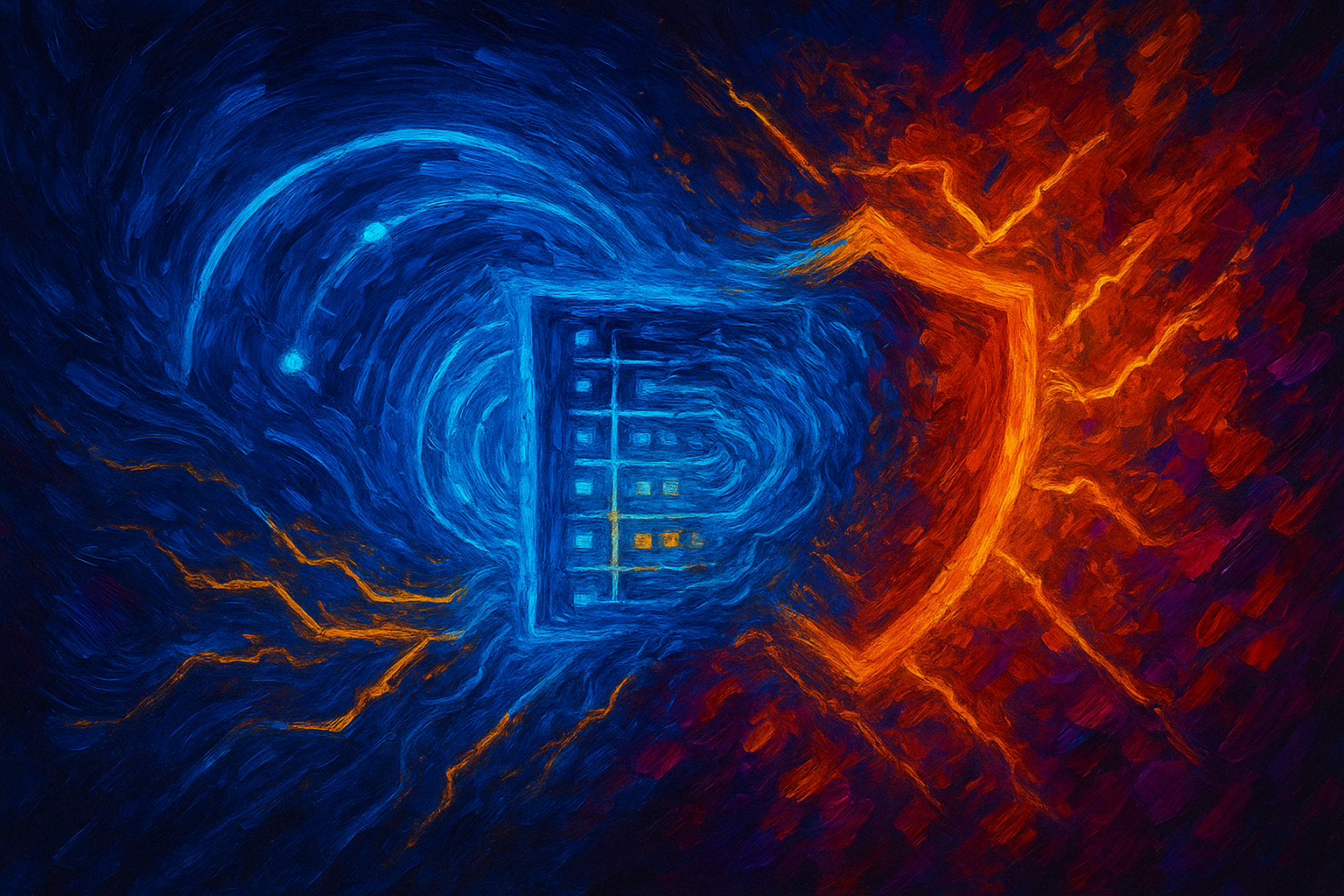GCP Cloud Armor: Cutting Through the WAF Hype
Google's Cloud Armor holds just 0.11% of the WAF market despite GCP's 11% cloud dominance. Why? We dissect the 2024 policy bypass vulnerability, multi-cloud configuration traps, and AI's double-edged sword in WAF evolution. Spoiler: Bucket Lock and client-side monitoring change everything. Stop treating WAFs as magic shields.

The Inconvenient Truth About Cloud WAFs
Let's start with a hard fact: Web Application Firewalls (WAFs) aren't silver bullets. Yet 78% of enterprises treat them like one, especially in cloud environments. Google Cloud Platform (GCP) exemplifies this disconnect - while controlling 11% of the global cloud market with nearly a million enterprise customers, its Cloud Armor solution holds a meager 0.11% WAF market share. This gap isn't accidental. It's the result of three critical oversights:
- Configuration arrogance (the 2024 policy bypass flaw)
- Multi-cloud blindness (GAO-confirmed policy fragmentation)
- AI misconception (security vs. UX tradeoffs)
The $6.87 billion WAF market expected by 2025 will reward vendors who solve these - not those selling magical force fields.
The 2024 Wake-Up Call: Policy Manipulation Bypass
Early 2024 exposed Cloud Armor's dirty secret: security controls could be bypassed through policy manipulation. Attackers discovered they could:
- Exploit hierarchy gaps between organization/node policies
- Bypass geo-based restrictions through DNS manipulation
- Evade rate limiting via orchestrated IP rotation
This wasn't a zero-day - it was a configuration day. The GovTech Edu analysis revealed most enterprises had:
| Misconfiguration | % of Environments | Impact |
|---|---|---|
| Overly permissive hierarchy | 63% | Policy bypass |
| Static geo-rules | 41% | Location spoofing |
| Rate limit gaps | 57% | DDoS vulnerability |
Google's documentation never claimed "set and forget" security - but marketers implied it. The fix? Continuous policy validation. Not more rules.
Multi-Cloud = Multi-Fragmentation
GCP rarely exists in isolation. GAO research confirms 89% of enterprises operate multi-cloud environments, creating policy fragmentation where:
- Security rules contradict across AWS/GCP/Azure
- Incident response workflows break at cloud boundaries
- Compliance evidence gets scattered
Cloud Armor's Bucket Lock feature addresses the last point brilliantly. By enforcing WAF log immutability in Cloud Storage:
- Forensic integrity survives breaches
- Auditors get tamper-proof evidence trails
- Legal holds become technically enforceable
But this solves symptoms - not the disease. The real cure is policy-as-code unification across clouds.
AI's Double-Edged Sword
Modern WAFs like Cloud Armor increasingly deploy AI for:
- Botnet detection (identifying coordinated attack patterns)
- Zero-day mitigation (behavioral anomaly spotting)
- Client-side threat hunting (monitoring JavaScript execution)
But 78% of organizations report AI-driven security degrades user experience through:
- False positives blocking legitimate traffic
- Latency from deep packet inspection
- CAPTCHA fatigue driving abandonment
The solution isn't less AI - it's context-aware AI. Cloud Armor's reCAPTCHA integration shows promise here by:
- Risk-scoring sessions in real-time
- Applying progressive challenges
- Maintaining UX for low-risk traffic
Yet most implementations fail to tune these thresholds.
The Strategic Shift: From Walls to Posture
WAFs won't disappear - but their role must evolve. Three non-negotiable upgrades:
1. Zero Trust Integration
Cloud Armor works best when enforcing Zero Trust principles:
- Micro-segmentation of application tiers
- Continuous device/user verification
- Least privilege API access
2. Client-Side Vigilance
Modern attacks target browsers and third-party scripts. Cloud Armor's emerging client-side capabilities monitor:
- DOM changes indicating skimmers
- Data exfiltration patterns
- Malicious npm package behavior
3. Compliance Automation
Bucket Lock meets ISO 27001/SOC 2 evidence requirements but must integrate with:
- Automated policy evidence collection
- Real-time control gap alerts
- Auditor-friendly reporting
The Reality Check
Cloud Armor isn't failing - enterprise expectations are. Security teams demand magic where only diligence works. As the WAF market hits $6.87B by 2025, remember:
- No WAF stops determined attackers alone
- AI creates as many problems as it solves
- Compliance isn't security - but security enables compliance
Configure Cloud Armor as one layer in a defense-in-depth posture - not the whole castle. Your CISO will thank you.
Latest Insights and Trends
Stay Updated with Our Insights
Subscribe to receive the latest blog updates and cybersecurity tips directly to your inbox.
































































.png)



